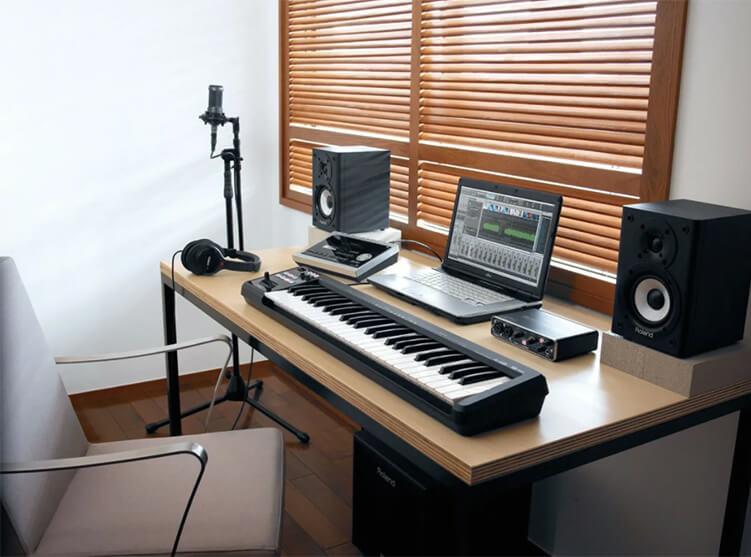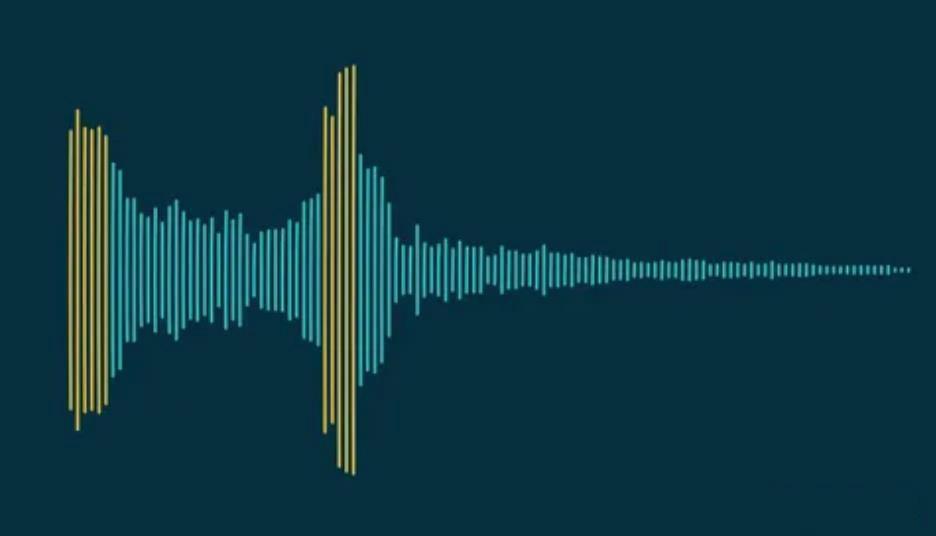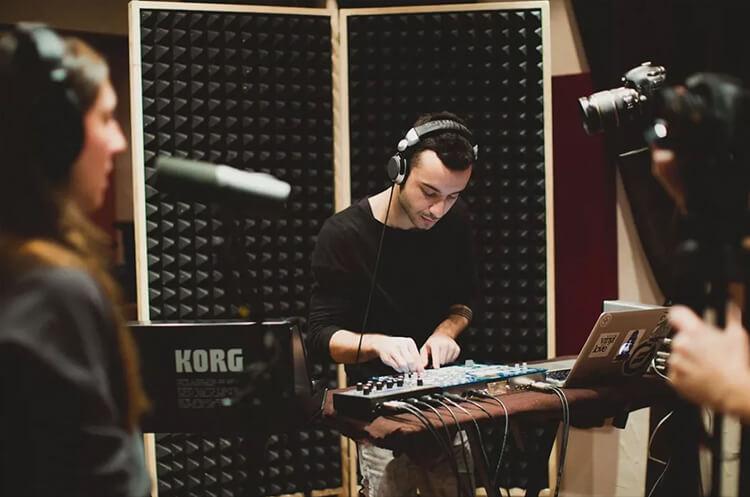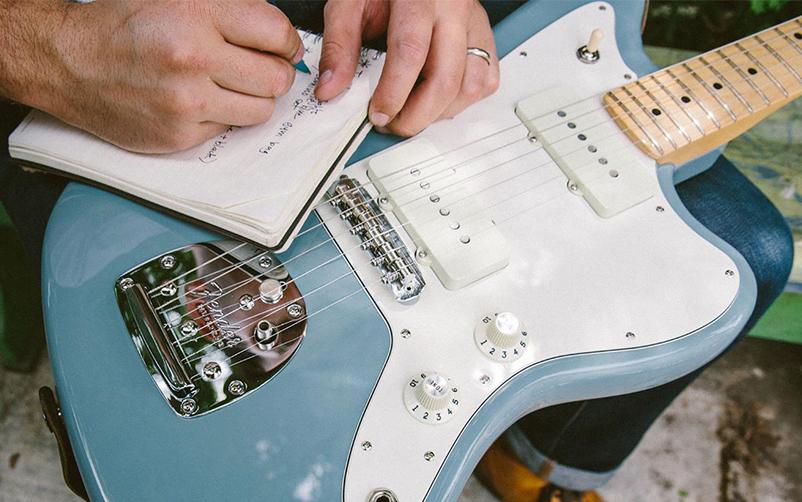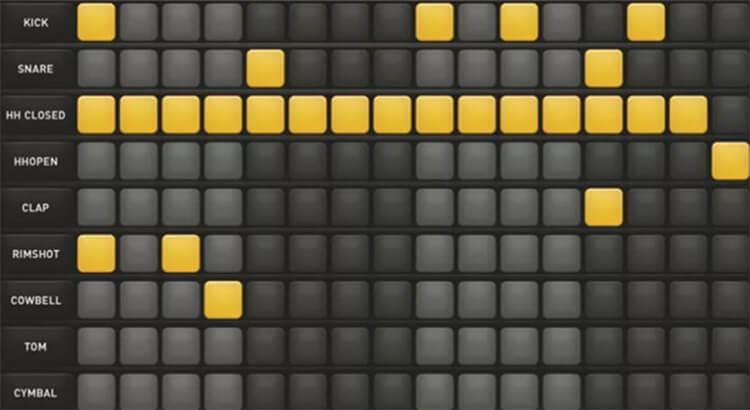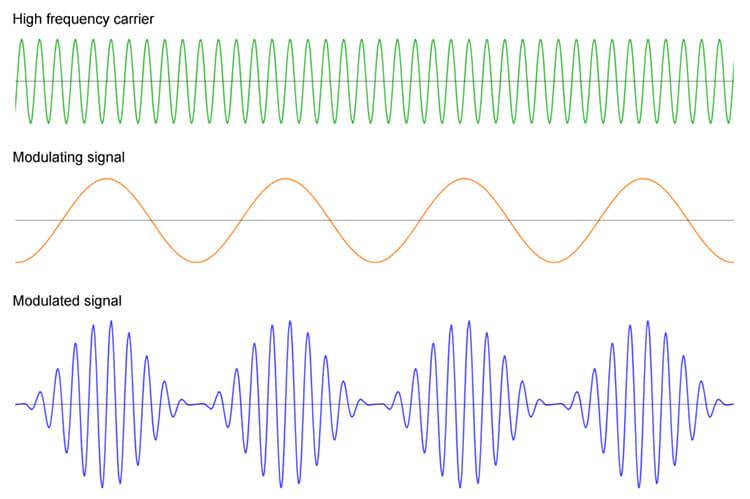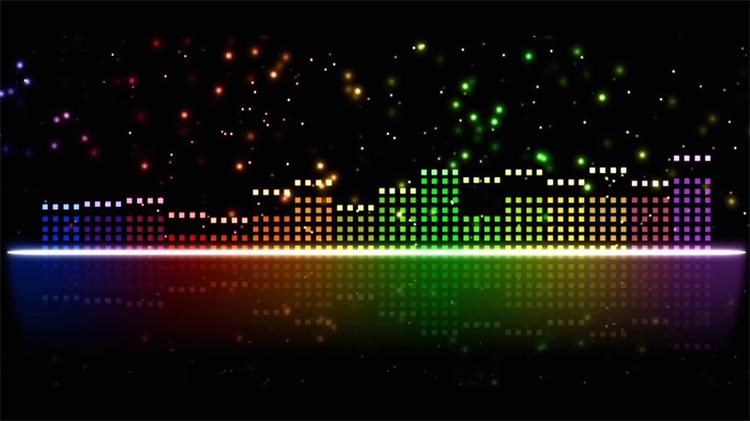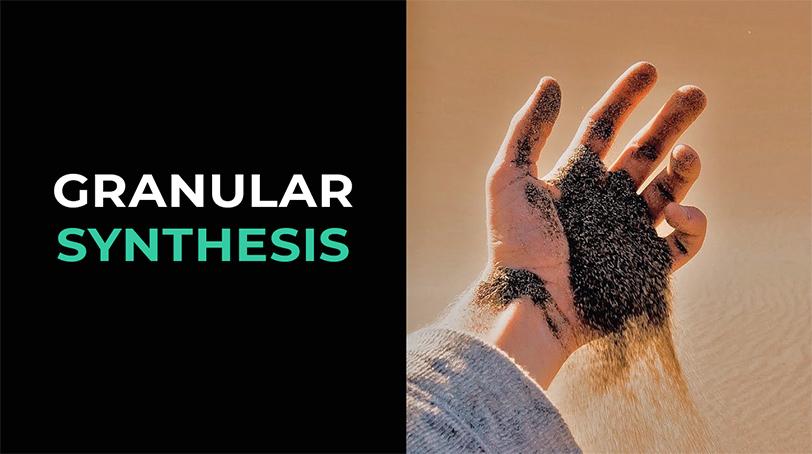What is Indie Music
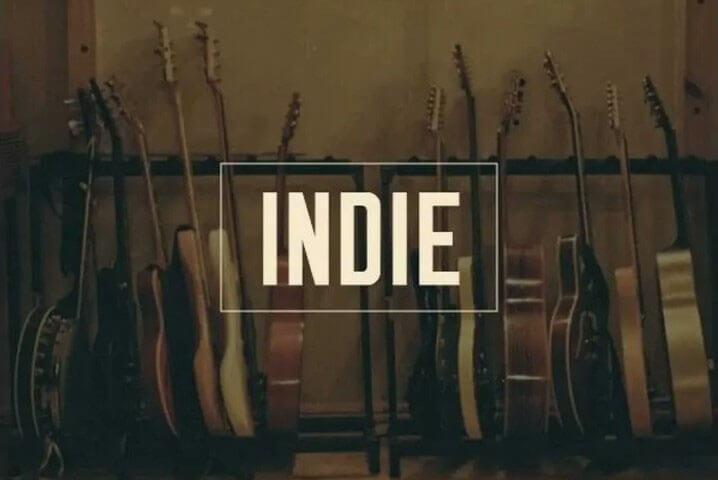
Indie music is often perceived as a genre, but in reality it is much more than that – it is an approach to creating music and pursuing a career in music. The term “indie” comes from the word “independent” and originally referred to artists and bands not associated with major record labels. Such musicians produced and distributed their music independently, relying on the principles of creative freedom, independence and experimentation. It was these principles that formed the basis of what eventually became an entire cultural phenomenon.
Since the late 1970s, when independent labels began to appear in the UK releasing post-punk and alternative rock, the indie scene began to actively develop. One of the iconic bands of this period was The Smiths – their contribution to the musical and cultural component of the indie movement is still considered exemplary. Over time, “indie” has become not only a designation of a method of production, but also associated with a certain style and atmosphere. However, it is important to understand: indie music is not about a strict genre limitation, but rather about a way of thinking and presentation.
Modern indie music covers a huge number of genres: from indie folk to synth-pop, from dream pop to indie R&B. An important feature of such tracks is the artist’s clearly expressed individuality. Many indie artists focus not on creating a holistic story, as is customary in pop music, but on conveying one specific emotion or state. This is what creates the effect of closeness and makes the music truly personal.
Indie, special attention is paid to the sound. Even if the artist experiments with electronic music or hip-hop, his tracks almost always have a live instrumental basis – acoustic or electric guitars, drums, sometimes even unusual instruments for the mainstream scene. This “instrumental heaviness” often forms a recognizable indie sound, even if the artist does not adhere to the canons of rock music.
Many independent artists prefer to remain outside of major labels in order to maintain creative autonomy. It is important for them that the production, visual design and the compositions themselves reflect their inner ideas, and not the marketing goals of the company. However, some artists, such as Chance the Rapper or Bon Iver, despite success and cooperation with major labels, still retain elements of the indie approach – in sound, subject matter and independent spirit.
Against this background, indie has become perceived not only as a style, but also as an alternative to the mainstream. It is a kind of creative platform on which you can experiment without fear of losing your audience. Indie music wins precisely because of its originality, rejection of templates and the desire to speak honestly – be it through sound, lyrics or visual aesthetics.
Today, the line between indie and mainstream is blurred. Artists can be released on major labels but still retain an indie sound, or vice versa — remain completely independent but sound no less professional. However, one thing remains unchanged: indie music is a territory of personal freedom, self-expression, and bold decisions.
Want to get to know this direction deeper? Start with small indie labels, platforms like Bandcamp, SoundCloud, or even playlists on streaming services. There you will find music that still has that indie spirit — free, alive, and unlike anything else.
“Indie” and “Independent Music”: Not the Same Thing
In the music industry, the words “indie” and “independent” often sound like the same thing, but in fact there is a subtle but important difference between them. To understand the modern music market and navigate the terms, it is worth separating these concepts and looking at them separately.
Independent music is, first of all, a way of organizing and producing. We are talking about music released without the participation of major labels and corporations. This approach means full or partial autonomy of the artist in matters of creating, recording, promoting and distributing tracks. The musician himself decides how his work will sound, who to collaborate with, how to build a visual image and a strategy for reaching the public. Often, the DIY approach is at the core: everything is done on your own or with the participation of a small team. At the same time, independent music has no genre restrictions – it can be electronic music, rap, chanson or academic composition.
But the term “indie” has gradually moved away from the narrow meaning of “independent” and has come to denote not so much a method of release as a certain style and approach. Indie music is a direction in which the emphasis is shifted to originality, emotionality, non-standard arrangements and the desire to go beyond the usual boundaries of genres. Even if an indie artist at some point signs a contract with a major label, his music can still be perceived as “indie” – due to its characteristic sound, image and creative presentation.
This difference is clearly visible in examples. One musician can release an acoustic album with the help of a small independent label, without deviating from the usual standards of folk or pop music – he will be independent, but not necessarily indie. At the same time, another artist can collaborate with a major label, but continue to create atypical, experimental music with a clearly expressed author’s style – and he will continue to be called an indie artist.
So, “independent” is more about the format and structure: who releases the music and how. And “indie” is about the atmosphere and approach to creativity. These concepts do overlap, but they are not interchangeable. It is important to understand the difference, especially if you are interested in the music industry or plan to release your own music.
How Indie Music Was Born: A Look Back
Musical Precursors to the Independent Movement
Before the term “indie” was coined, the music world had already begun to change. In the 1960s, artists like The Beatles and The Beach Boys began to break away from pop music templates, introducing new forms, ideas, and recording techniques. Bob Dylan brought poetry and protest to rock, and Nick Drake developed the chamber, melancholic aesthetic that would later become characteristic of indie folk. The Clash combined the energy of punk with a social agenda. These artists not only experimented, but also asserted the right to an independent path – exactly what formed the basis of the future indie scene.
The emergence of the indie scene as an independent phenomenon
In the late 70s and early 80s, indie music finally took shape as a movement. This happened simultaneously in the UK and the US, where bands began to emerge that rejected the pressure of major labels. They were united by their focus on freedom of expression, independent recording and alternative thinking. Indie became not just a style, but a way to resist the commercial formula in music.
The Smiths set a new standard for British indie: ringing guitars, deep lyrics and a rejection of external gloss. The albums “Meat is Murder” and “The Queen is Dead” were not only successful, but also ideologically significant for an entire generation. The Buzzcocks, in turn, showed how punk could become the basis for an independent scene – their release “Spiral Scratch” became a symbol of the DIY approach to music.
The American scene developed in parallel, but with its own accents. REM offered a softer, more enveloping sound with “Murmur,” which formed the basis of the American indie sound. In Minneapolis, The Replacements released the raw and emotionally charged “Let It Be,” and Hüsker Dü, with their aggressive but conceptual “Zen Arcade,” proved that even hardcore could be intelligent. These bands formed the core of American indie and laid the foundations for dozens of future trends.
The Evolution of Indie Music: The 80s and 90s
In the 1980s, indie music began to develop significantly in both the US and the UK. Starting with post-punk and guitar rock, it quickly acquired a wider range of sounds. Bands like REM, The Pixies and Sonic Youth began experimenting with form and noise, opening the way for new subgenres. Noise rock, jangle pop, shoegaze – all these styles emerged within the independent scene. Tracks like Sonic Youth’s “Bull In The Heather” and Cocteau Twins’ “Heaven Or Las Vegas” became symbols of the era and set the bar for indie artists to come.
The Pixies made a special contribution to the development of the indie sound. Their composition “Where Is My Mind?” with its unconventional dynamics and strong emotional contrast became a cult classic and later inspired a whole generation of musicians – from Radiohead to Nirvana. At the same time, The Smiths remained authorities in the British indie scene, their influence was felt even years after the band broke up. Under their influence, a new generation of performers grew up for whom the guitar and personal confessional became the basis of a musical language.
The UK was no exception. The emergence of Britpop in the early 90s gave the indie scene a new sound and face. Oasis and Blur became the flagships of the movement. Oasis’ album “Definitely Maybe” was the first swallow of the new wave and topped the charts in the UK. Although these bands later began collaborating with major labels, their roots, aesthetics and approach to music remained closely connected to the indie movement.
By the mid- to late-’90s, indie was still expanding, with bands emerging that didn’t care about formal restrictions. Stereolab combined elements of krautrock and retro electronica. Neutral Milk Hotel brought folk and psychedelia to indie, especially on In the Aeroplane Over the Sea. Disco Inferno experimented with sampling and textures, ahead of their time. The emo scene was also beginning to flourish, with Weezer and American Football offering melancholic, personal lyrics, simple arrangements, and heartfelt delivery, bridging the gap between indie and the new wave of emo rock.
Indie in the 2000s: A Decade of New Sounds and Mass Acceptance
The 2000s saw indie music enter the mainstream, with bands like Modest Mouse, Bright Eyes, Death Cab for Cutie, The Killers and Arctic Monkeys achieving commercial success.
The early 2000s saw indie bands begin to move beyond their local scenes and become a household name on the global stage. The Killers, who formed in Las Vegas in 2001, quickly became global stars, with their hit single “Mr. Brightside” selling over 28 million records worldwide. Arctic Monkeys made their UK debut in 2006 with “Whatever People Say I Am, That’s What I’m Not”, which sold over 363,000 copies in its first week and won the Mercury Prize.
In addition to them, Modest Mouse was gaining popularity in the US with “Float On,” Bright Eyes with “First Day of My Life,” and Death Cab for Cutie with “I Will Follow You Into The Dark.” These songs cemented indie as an important part of the 2000s music landscape.
Emo music also continued to gain popularity, with bands like My Chemical Romance and Fall Out Boy dominating the charts with tracks like “Welcome To The Black Parade” and “Sugar, We’re Goin Down.”
Although emo rock existed separately, its success in the 2000s overlapped with the indie scene in its sincerity, sound, and way of communicating with the audience. These tracks became popular, but retained an independent spirit.
“Welcome To The Black Parade” and “Sugar, We’re Goin Down” were more than just hits — they expressed the mood of a younger generation seeking authenticity and raw emotion, which brought emo closer to the indie aesthetic.
The 2000s also saw a significant rise in the number of indie musicians.
Since 2003, the number of independent artists has grown by 71%, according to the U.S. Bureau of Labor Statistics. Online platforms have opened the way for musicians to reach audiences without the involvement of labels. At the same time, vinyl has come back into fashion — 6 million records were sold in 2013 alone. Many indie artists have begun releasing albums in analog formats, seeking to preserve the feeling of physical and meaningful listening.
Indie Music After 2010: Blurring Borders and New Horizons
In the 2010s, indie music continued to evolve, diversify, and sometimes enter the mainstream.
Indie ceased to be a genre in the traditional sense — it became a way of thinking. Vampire Weekend, Tame Impala, and Sufjan Stevens expanded their sound, combining guitar-based music with elements of pop, psychedelia, and folk. These artists not only set the tone for the indie scene, but also became part of the mainstream agenda.
Tracks like “A-Punk” by Vampire Weekend, “Let It Happen” by Tame Impala and “Chicago” by Sufjan Stevens capture the spirit of the decade – bold, original and unconventional.
Indie music in the 2010s showed its diversity, with folk and country acts like The Lumineers, Mumford & Sons and The Avett Brothers, electronic artists like Four Tet, Caribou and Jamie xx and hip-hop artists like Kendrick Lamar, Drake and Frank Ocean.
Indie became a crossover zone between genres. Arcade Fire, Vampire Weekend and Lorde released albums where rock, pop and electronica coexisted on equal terms. At the same time, hip-hop and R&B artists like Kendrick Lamar and Frank Ocean also became part of the indie discourse thanks to their independent approach and artistic freedom.
“Royals”, “Channel Orange” and “To Pimp a Butterfly” are examples of how the “independent” approach began to influence the most popular releases of the decade.
Indie electronica also gained prominence during this period, with artists like James Blake, M83 and Chvrches redefining the genre.
The electronic scene acquired a new face: ambient, synth-pop and soul became its components. Blake, M83 and Chvrches used electronic instruments not for dancing, but to create a mood, intonation, emotion.
“Retrograde,” “Midnight City,” and “The Mother We Share” became the soundtracks of 2010s indie electronica — recognizable yet distinctive.
The indie music landscape of the 2010s resisted clear categorization due to changes in the way we consume music and the influence of pop.
Streaming services, playlists, and algorithms made genres less meaningful. Listeners stopped thinking in categories — they chose music based on feel, not format. Albums gave way to singles, and stages to individual artists.
Conclusion: Indie is a Living and Changing Genre
Characterized by its diversity and evolving nature, indie music has consistently moved forward through independence, experimentation, and creativity.
Since the 1960s, indie has been a platform for distinctive artists who ignore convention and the mainstream.
For indie artists and enthusiasts, understanding the history of the genre is essential to shaping their own musical expression.
The history of indie is the foundation upon which a personal style and approach to music is built.
The indie scene has a reputation for producing innovative artists who defy categorization, demonstrating the adaptability inherent in the genre.
The genre is constantly transforming, while remaining relevant and open to new forms.
As we look to the future, it is imperative to acknowledge the rich history of indie music and the artists who have contributed to its development.
It is continuity that keeps indie alive and resilient in a rapidly changing music landscape. By taking inspiration from their work and embracing their spirit of experimentation, we can continue to redefine indie music and keep it relevant in today’s music landscape.
On April 28, Activ8te will release the track “All We Do Is Shine (feat. footleg)”, continuing the tradition of independent sound.


